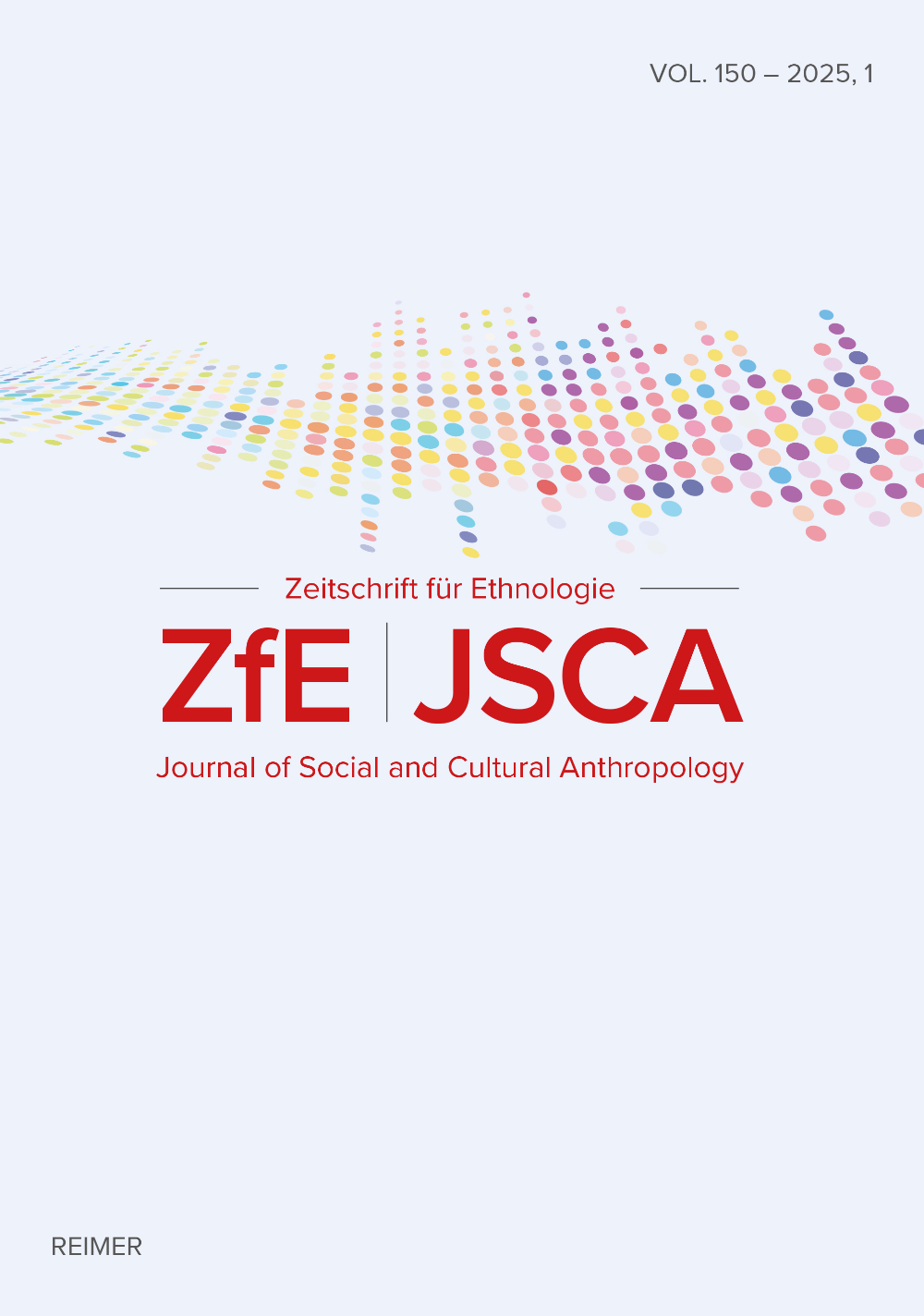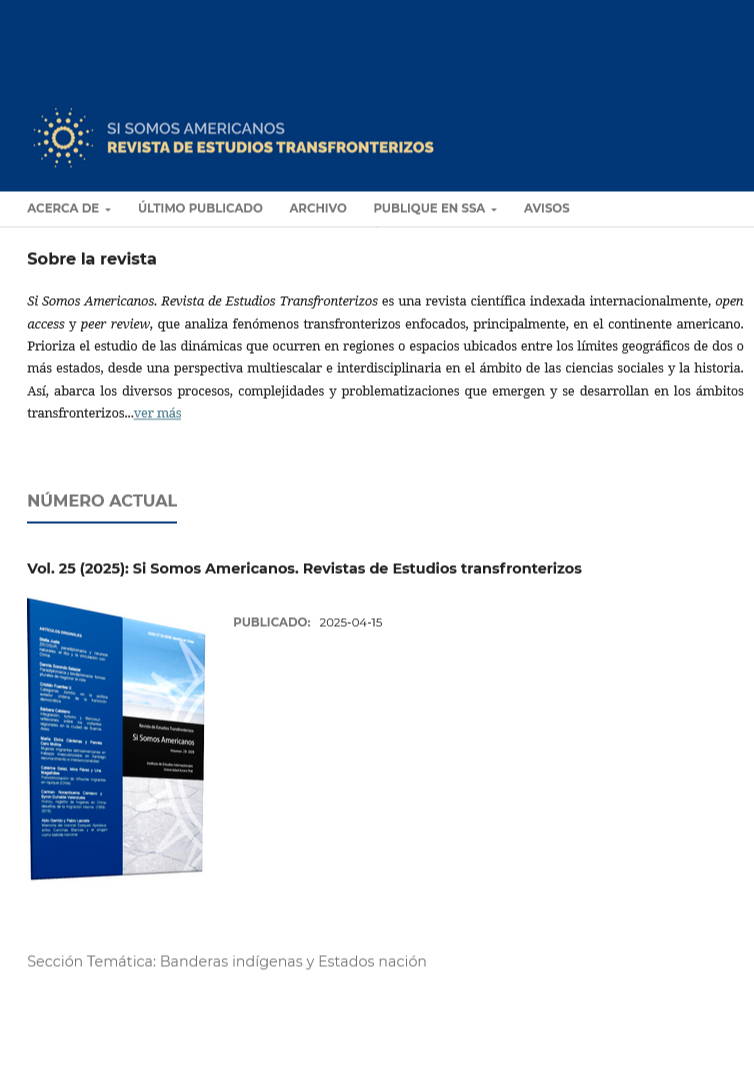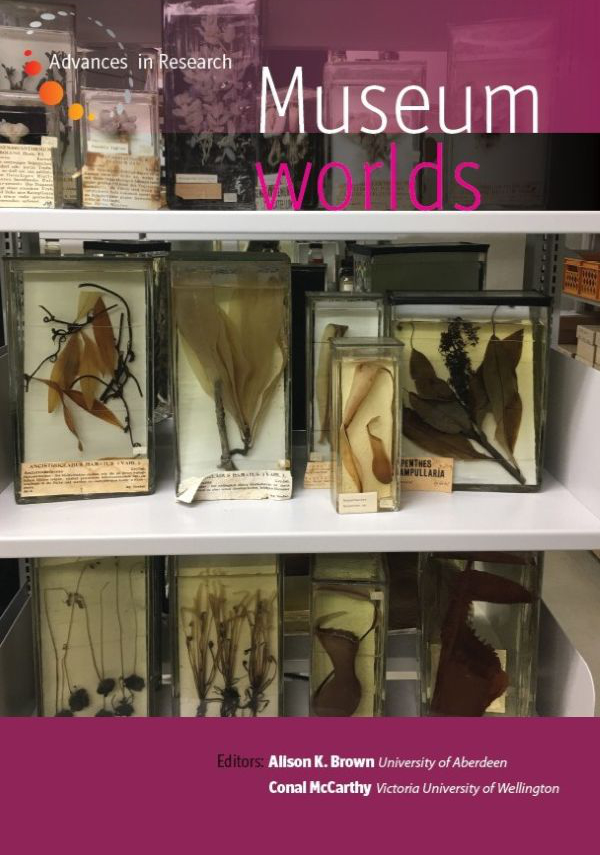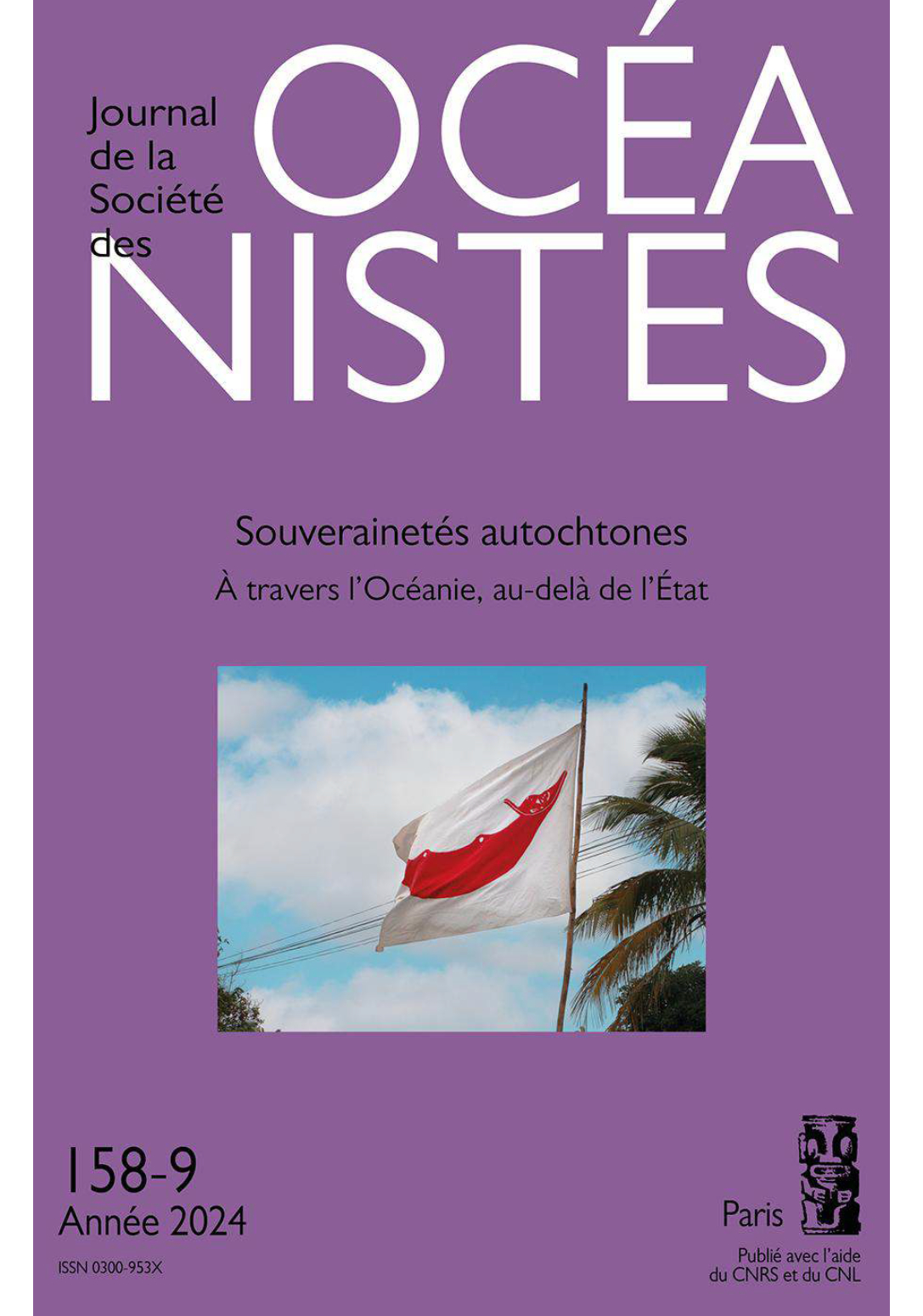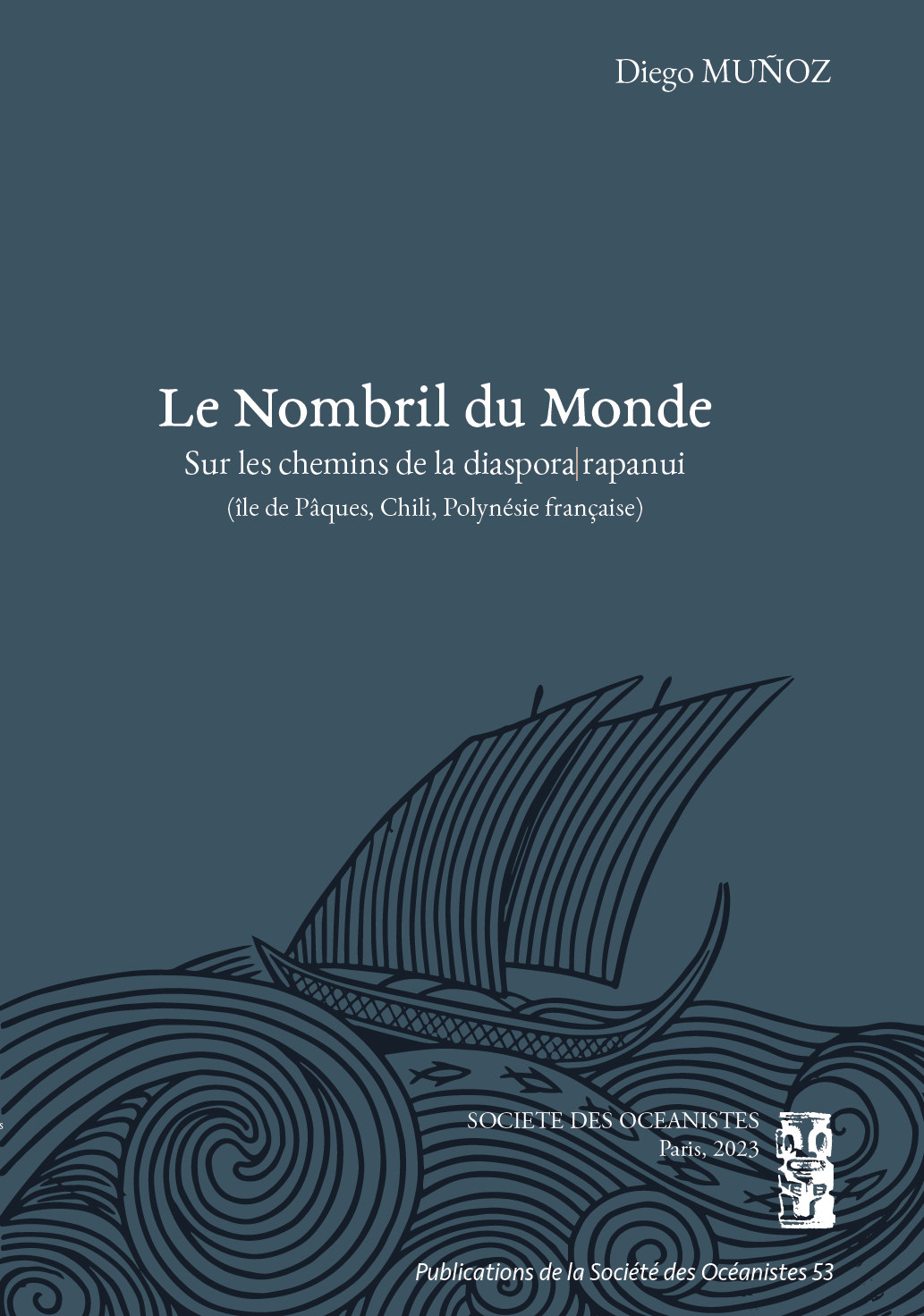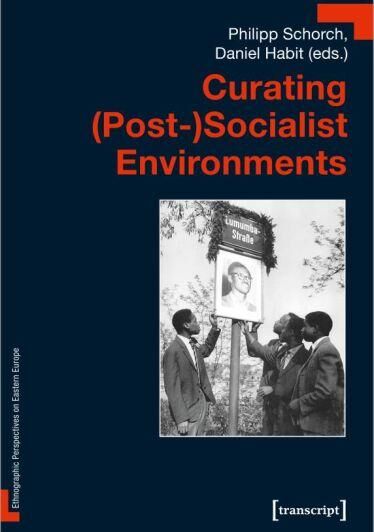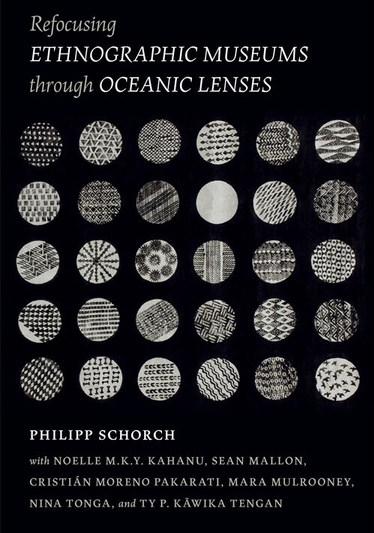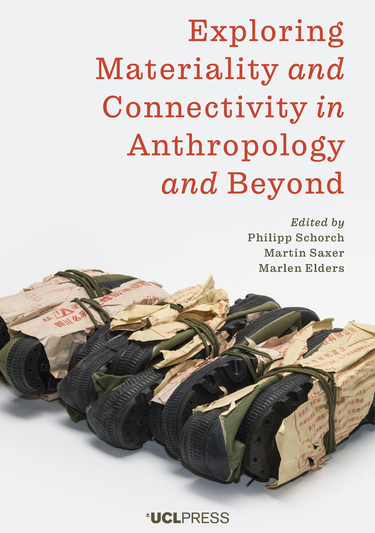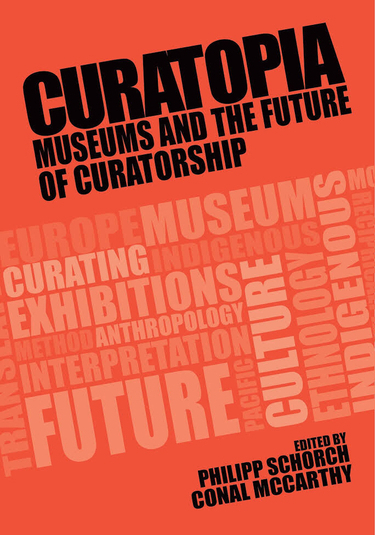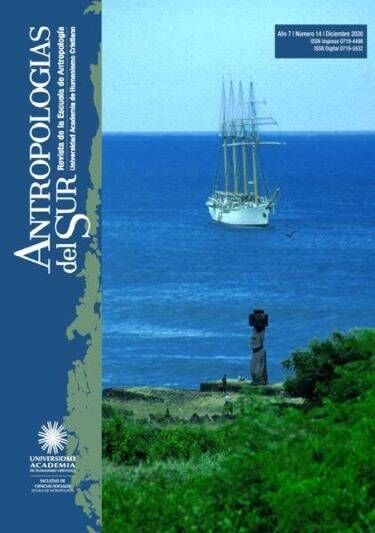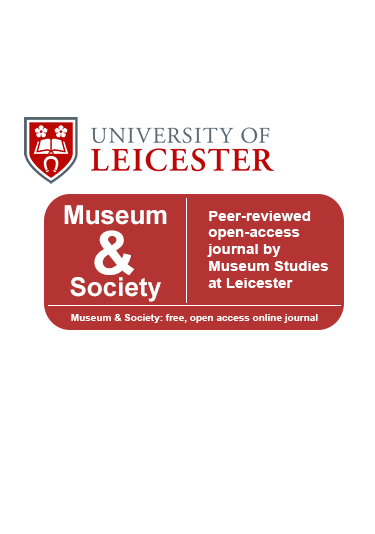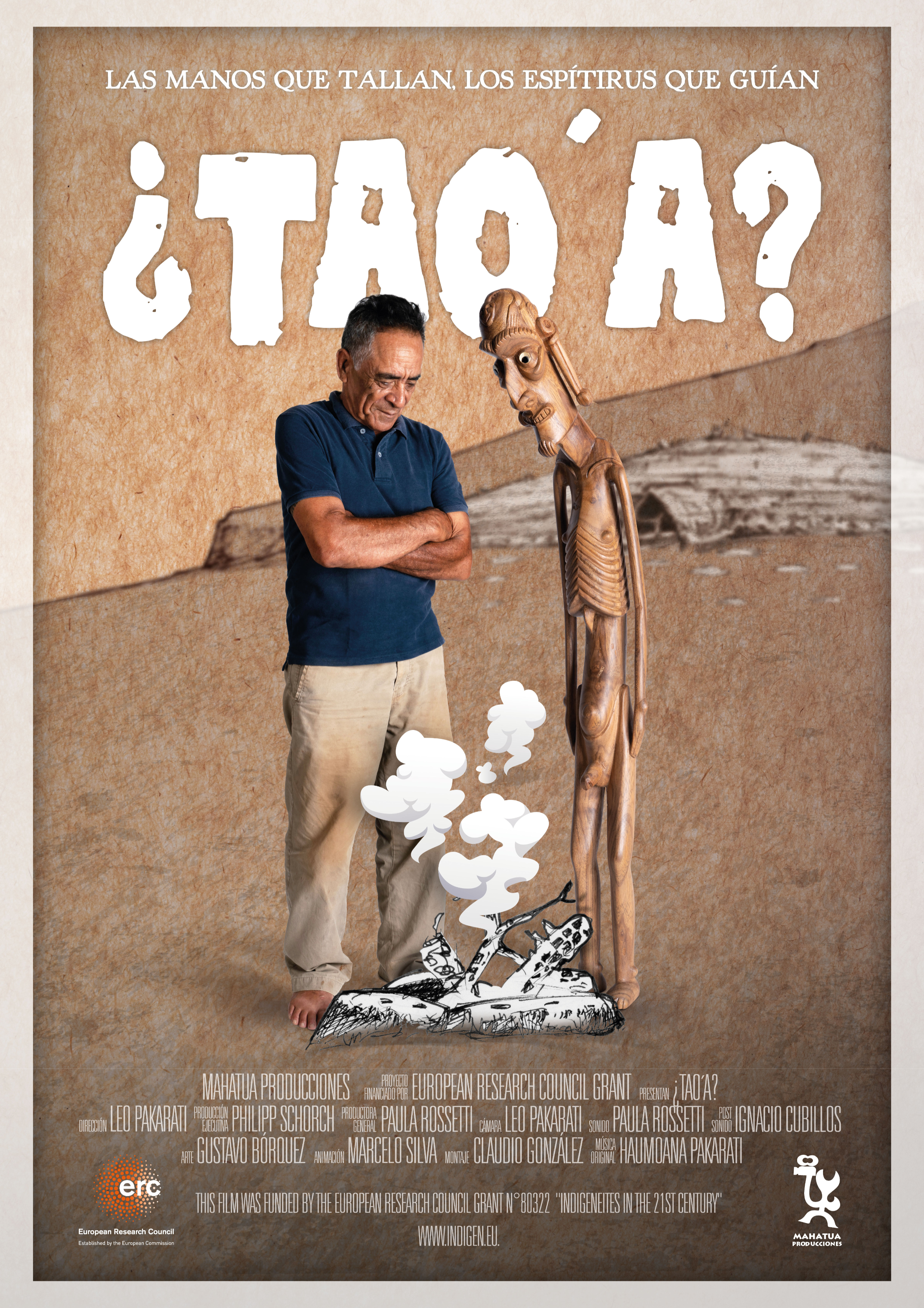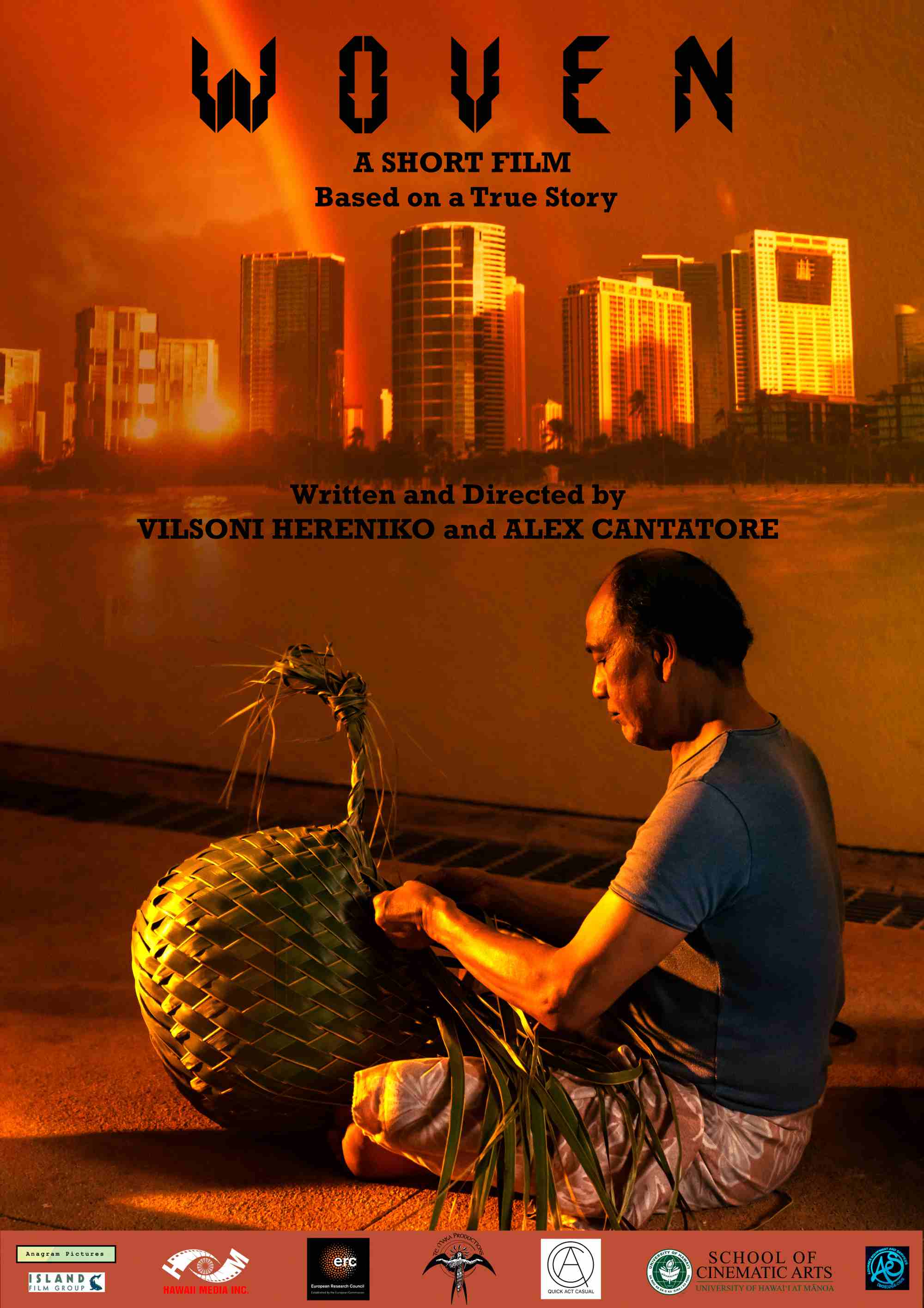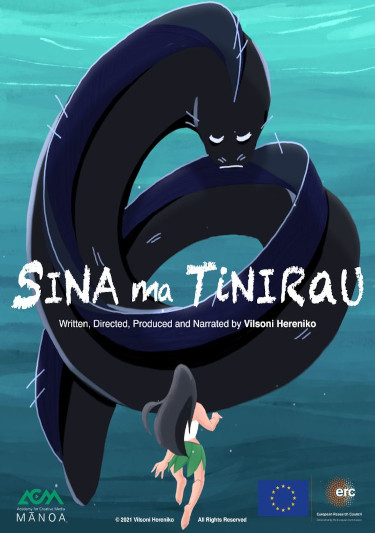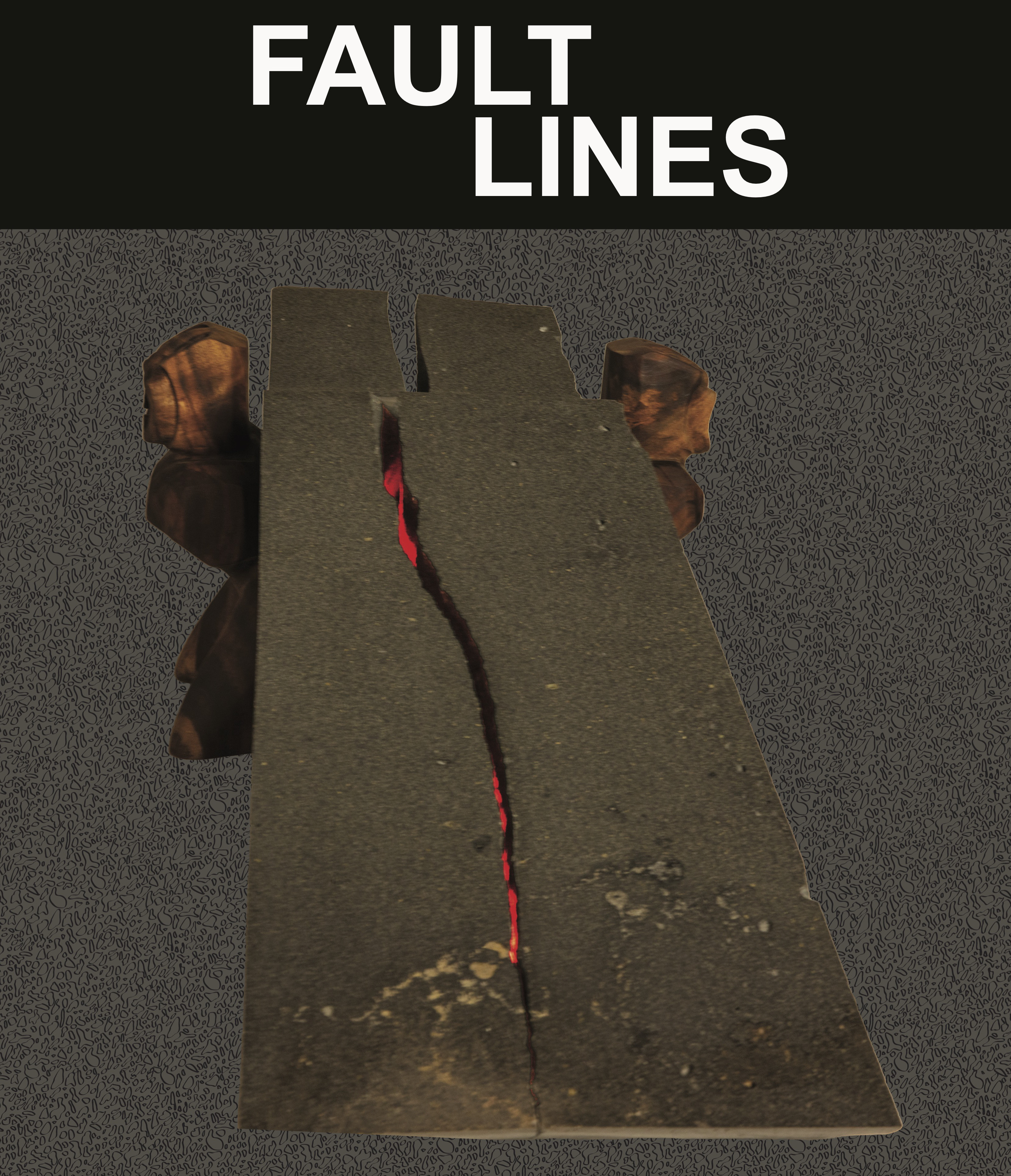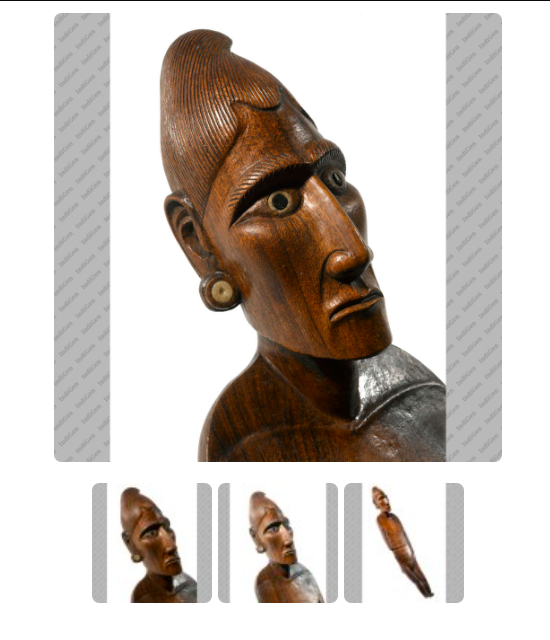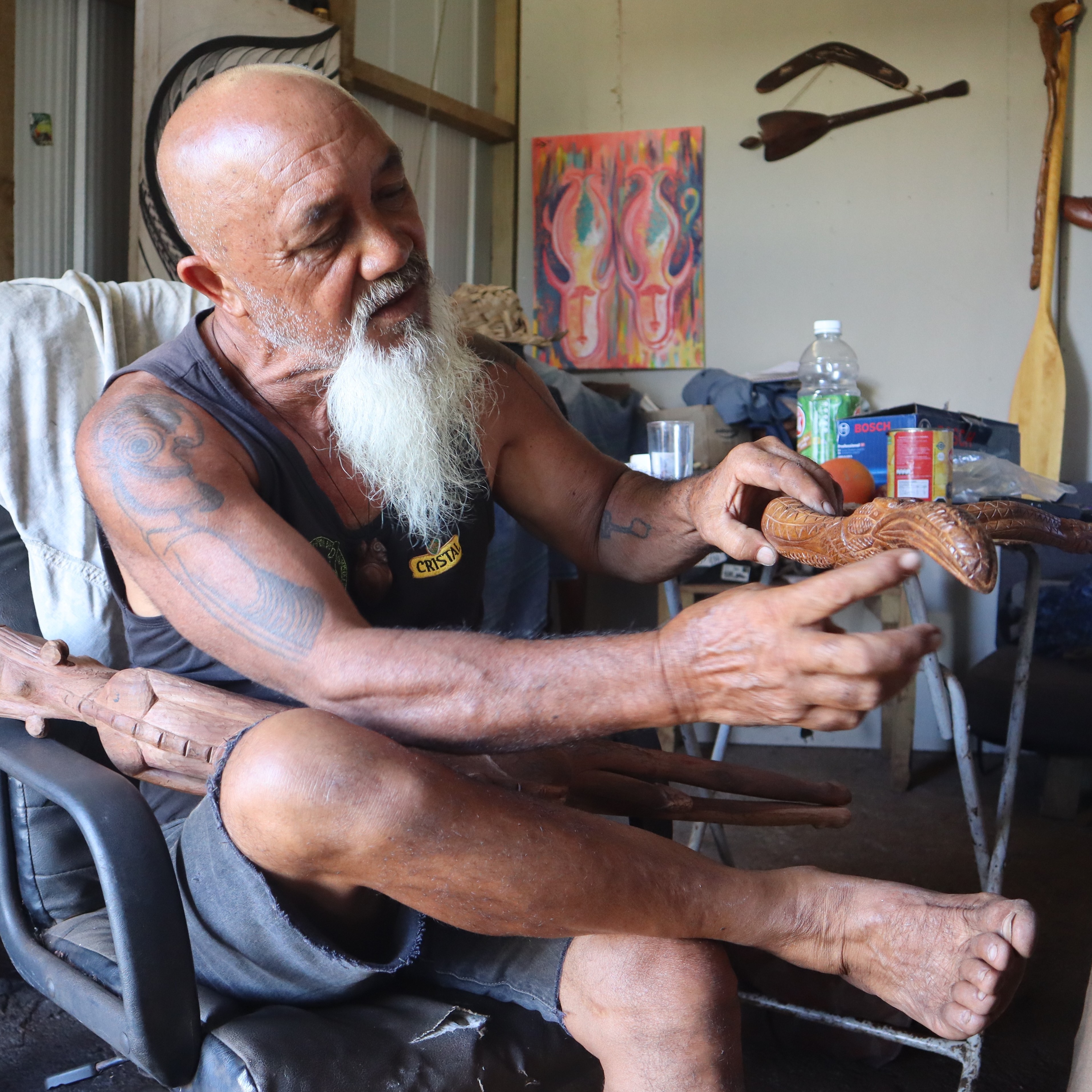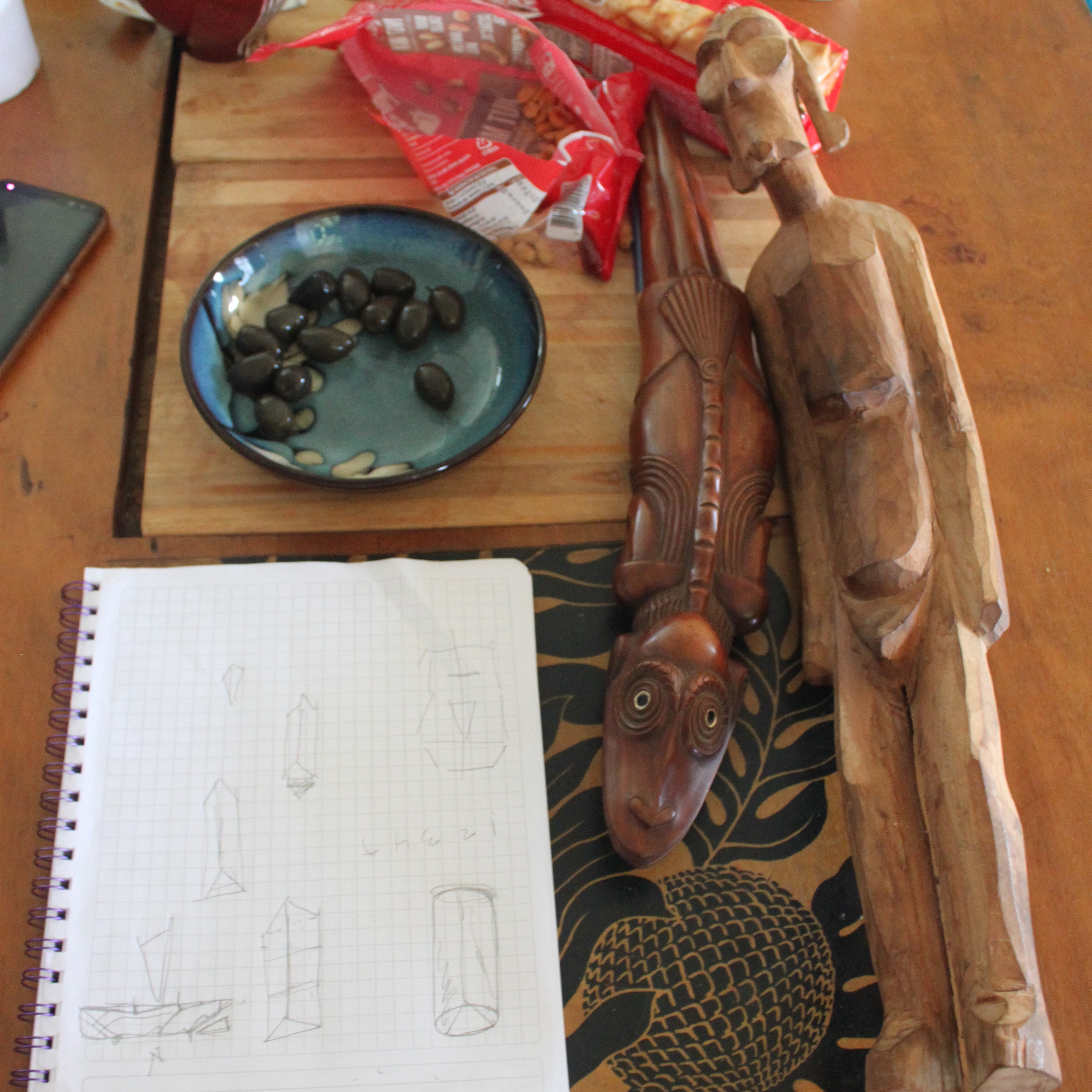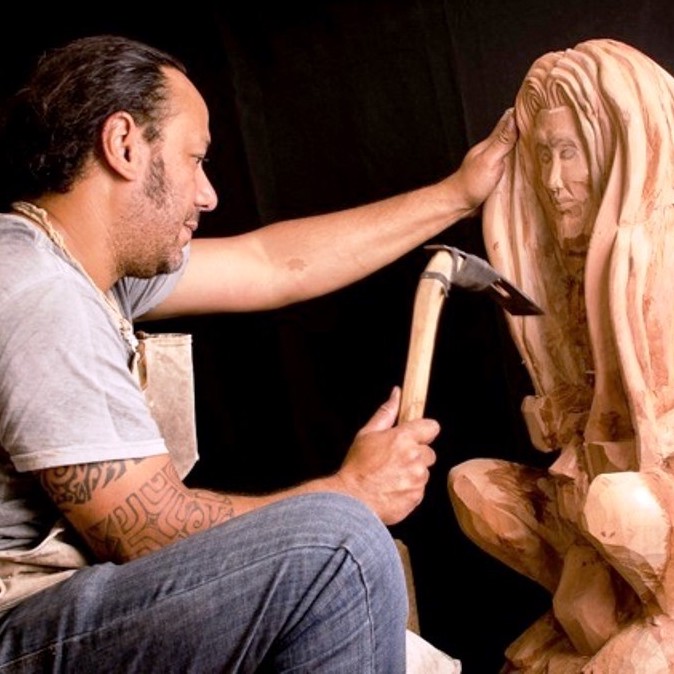Books and journal issues
Sāmoa at Large. The Sacred Circle and Travelling fale and measina
This special section follows the ways in which a specific manifestation of Oceanic ‘world enlargement’ comes to be constituted through the mobile relations between travelling material things, narratives, and human practices.
Banderas indígenas y Estados nación
En los últimos años, la zona andina de Sudamérica ha sido escenario de diversas movilizaciones sociales en las cuales los pueblos indígenas han tenido un papel destacado. En estos contextos se ha evidenciado el uso de banderas indígenas.
Beyond the Nature/Culture Divide— Reimagining Human–Environment Relations in and through Museums
Reflecting efforts to deconstruct the “nature/culture” divide, this special section considers how museums of the future might reimagine and reconceptualize human–environment relations.
Souverainetés autochtones. À travers l’Océanie, audelà de l’État
This special issue interrogates Indigenous sovereignties across Oceania and beyond the state. Addressing the topic in the plural, involves thinking about multiple kinds of self-determination, governance practices, and institutional bodies beyond the state.
L’ouvrage montre de quelle manière cette société rapanui a pu renaitre localement et à travers une diaspora dès la deuxième moitié du XIXe siècle, et comment ces expériences se sont poursuivies dans le temps resignifiant une identité rapanui du XXIe siècle dite "polynésienne", "ma‘ori" ou encore "ma ‘ohi".
This co-written book offers a collaborative ethnographic investigation of Indigenous museum practices in three Pacific museums located at the corners of the so-called Polynesian triangle: Bernice Pauahi Bishop Museum, Hawaiʻi – Museum of New Zealand Te Papa Tongarewa – Museo Antropológico Padre Sebastián Englert, Rapa Nui.
This book provides a new look at the old anthropological concern with materiality and connectivity. It understands materiality not as defined property of some-thing, nor does it take connectivity as merely a relation between discrete entities. Somewhat akin to Heisenberg’s uncertainty principle, it sees materiality and connectivity as two...
What is the future of curatorship? Is there a vision for an ideal model, a curatopia – whether in the form of a utopia or dystopia? Or is there a plurality of approaches, amounting to a curatorial heterotopia? This pioneering volume addresses these questions by considering the current state of curatorship.
Rapa Nui: Dilemas contemporáneos
Los artículos presentados en este dossier dan cuenta en su conjunto, de un giro paradigmático en la investigación dialógica sobre Rapa Nui y que tiene dobles repercusiones: se plantea desde la generación de conocimiento nuevo y pretende aportar en la comprensión de...
Experiencing Pacific Environments: Pasts, Presents, Futures
In the context of pressing environmental challenges in the Pacific and indeed the world, this special issue sheds light on the diverse ways in which people in Oceania experience environments, as well as the diverse ways in which environmental knowledge can be articulated.
Sensitive Heritage: Ethnographic Museums, Provenance Research and the Potentialities of Restitutions
This special issue juxtaposes articles on approaches to provenance research conducted at German museums and universities with articles on past, present and future potentialities of restitutions...
Articles and chapters
This article provides selected publications to illuminate the various ways in which formerly positivist museum representations have been decentered and dialogically negotiated. It includes sections on foundational texts, collaborations with communities and audiences, decolonization, Indigenization and digital collaborations.
What can museum anthropology do in the twenty-first century?
This article sets out to tackle the question: ‘What can museum anthropology do in the twenty-first century?’ It does so by focusing on the doing in a double sense: on what museum anthropology can do, as in affecting, impacting and achieving, as well as on museum anthropology’s own doing.
Back to the Future of Humboldtian Museums
This article is an extended version in English of an editorial by H. Glenn Penny and Philipp Schorch with the title ‘Zurückgeben ist nicht die einzige Option’ which appeared in the German newspaper Süddeutsche Zeitung on 9 January 2022.
Was sollen wir tun? Der Moai jenseits von Kunst und Ethnographie
Im Zusammenhang mit den virulenten Museumsdebatten – zu Themen wie Provenienz, Restitution und Dekolonialisierung – stellen wir hier eine Grundfrage.
From Conservation to Conversation: Rethinking Collections Care at MARKK
The Museum am Rothenbaum—Kulturen und Künste der Welt in Hamburg has been undergoing a comprehensive repositioning process. In this context, a two-day digital workshop was organized in 2021.
Book chapter in: Antropologías hechas en Chile. Volumen I, edited by Gonzalo Díaz Crovetto, Claudio Espinoza Araya, Francisca de la Maza Cabrera and Gemma Rojas Roncagliolo (Montevideo, Uruguay: Asociación Latinoamericana de Antropología).
Book chapter in: A la croisée des vagues. Océaniens et Occidentaux: anthropologie historique de la violence (16e-19e siècles) by Éric Conte, Guillaume Molle and Serge Tcherkézoff (Papeete: Éditions de la Maison des Sciences de l'Homme du Pacifique)
Re-membering Hawai‘i: Provenienzforschung und Restitution als (post)koloniale Erinnerungsarbeit
Material entities, mostly classified as “human remains”, held in German collections and museums still bear witness to the political, economic and scientific entanglements between Hawai‘i and...
Collaborative conservation and collections care. An ethnographic study of collaboration between Indigenous actors and conservators
Collaborations with source communities on exhibitions, provenance research, and restitutions have been widely introduced to museum practices worldwide. However...
“Like Pregnant Hippos”. Ethnographic Museums and the Legacy of European Colonialism
An old Bible from Namibia, a mask from Cameroon, a spear from New Guinea, even human remains: ethnological museum collections include thousands of objects from Africa, Asia and the South Seas, but what is the real history of these things?
In this article, we approach the museum as archive and as infrastructure. We do so by introducing two research initiatives that set out to conceptually explore this nexus, and by hinting at methodological approaches and empirical lines of inquiry to be further pursued. The parallels between museums and archives as memory institutions...
La tierra en Rapa Nui. La política del parentesco y los dispositivos estatales. Consensos y disensos en la definición de la propiedad
En este artículo interrogamos el sistema de tenencia de la tierra en Rapa Nui centrándonos en los mecanismos de creación del dominio, la propiedad y la transmisión de esta...
La antropología chilena en Rapa Nui. Una retrospectiva
El presente ensayo analiza el desarrollo de la antropología – y en particular la antropología social chilena – en Rapa Nui y el lugar que ocupa la isla en la disciplina, al determinar sus características y aportes en la comunidad local. El estudio aborda...
Materielle Verflechtungsgeschichte. Ein Plädoyer
Um es auf den Punkt zu bringen: Historiker:innen lesen und schreiben. Die Handwerkskunst dieser Profession zeichnet sich dadurch aus, basierend auf vornehmlich schriftlichen Quellen, Texte zu verfassen, die versuchen, sich an...
This article introduces the art historical method of functional deixis into the study of material culture in anthropology. Functional deixis begins with a thorough empirical description of communicative effects – visual and embodied – produced by a material thing on the beholder. It then proceeds by tending to a kind of...
Romper el encierro. Las fugas como micropolítica: Rapa Nui (1940–1960)
En este escrito analizamos los itinerarios y las estrategias de acción desplegadas por los jóvenes rapanui en la ejecución de sus fugas. Con ambos aspectos accedemos a una dimensión micropolítica y fenomenológica de estas.
Reviews and interviews
Exploring Materiality and Connectivity in Anthropology...
Refocusing Ethnographic Museums through Oceanic Lenses
Curating (Post-)Socialist Environments
Refocusing Ethnographic Museums through Oceanic Lenses
Sina ma Tinirau: An oral tale set on Rotuma, Fiji
Exploring Materiality and Connectivity in Anthropology...
Refocusing Ethnographic Museums Through Oceanic Lenses
Refocusing Ethnographic Museums Through Oceanic Lenses
Refocusing Ethnographic Museums through Oceanic Lenses
Refocusing Ethnographic Museums through Oceanic Lenses
Refocusing Ethnographic Museums through Oceanic Lenses
Refocusing Ethnographic Museums through Oceanic Lenses
Pacific Futures: Past and Present
Museumsethnologie: Eine Einführung
Curatopia: Museums and the Future of Curatorship
Curatopia: Museums and the Future of Curatorship
Curatopia: Museums and the Future of Curatorship
Curatopia: Museums and the Future of Curatorship
Films
Directed by Leonardo Pakarati, this docu-fiction travels from ancient times to present day, delving into the changing meaning of wooden sculptures for the inhabitants of Rapa Nui – from their sacred origin through desacralization to today’s resignification.
An indigenous artist tries to revive his ancestral tradition of basket weaving with coconut leaves in an urban park by the Pacific Ocean. Despite being chased by security guards who question his presence, he perseveres through rain and rejection.
Set on Rotuma in Fiji, this classic tale of unconditional love is given new meaning and relevance today as it explores issues of conservation, tradition versus freedom, and prejudice against black skin among Polynesians.
Exhibitions
The exhibition Fault Lines: Imagining Indigenous futures for colonial collections at MAA Cambridge presents curatorial responses to current debates regarding colonialism, collections, and custodianship.
The online gallery hosts images of Rapanui statues and other carvings from 30 museums and collections worldwide as well as additional historical information about the collectors, artists, and more.


